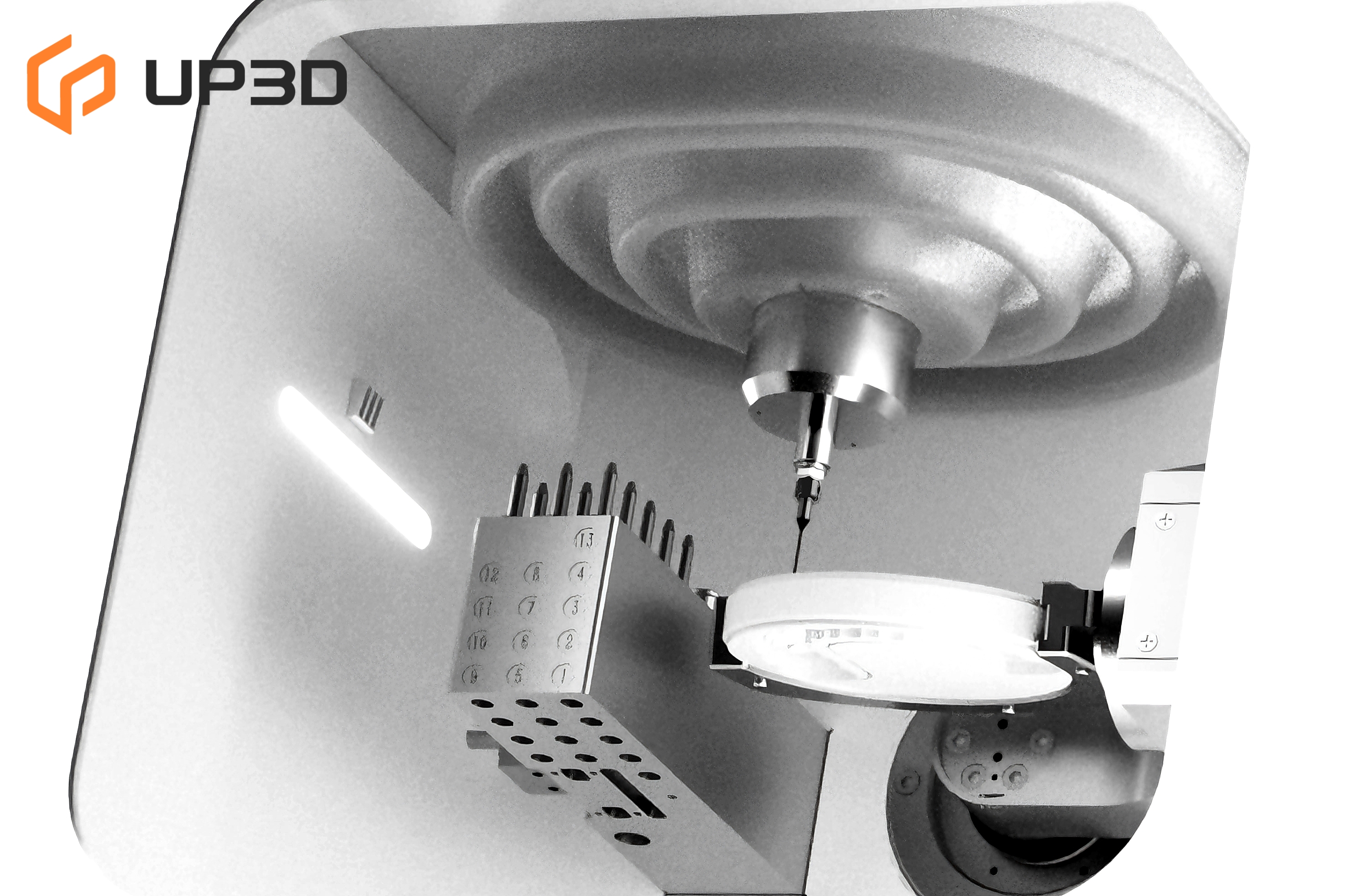A dental milling machine is a specialized device used in digital dentistry to create prosthetic restorations such as crowns, bridges, inlays, onlays, and dentures. Working within a CAD/CAM system, the machine receives digital design data and automatically mills restorations out of dental materials.
Most milling machines use a disc-shaped workpiece (known as a disc or blank), which is shaped into the required restoration with rotating burs (milling tools). A wide range of materials can be processed, including:
-
Zirconia – durable, biocompatible, and resistant to discoloration
-
Ceramics – highly aesthetic, often used for anterior restorations
-
PMMA (acrylic resin) – ideal for temporary restorations and models
-
Wax – commonly used for casting or press techniques
-
Metals such as titanium and cobalt-chrome – valued for strength and longevity
Each material has unique properties, making it important to choose the right option based on clinical needs and patient requirements.
Why Are Dental Milling Machines Becoming Essential?
With global populations aging, the demand for dental restorations is rising rapidly. For example, in Japan alone, over 30 million people rely on dentures, and around 20,000 dental laboratories are engaged in producing prosthetics. However, the profession faces a shortage of dental technicians due to challenging working conditions and income levels.
As patient needs increase, dental labs and clinics must find ways to manage heavier workloads. Dental milling machines play a key role by:
-
Automating production of restorations
-
Reducing technician workload
-
Ensuring consistent quality
-
Enabling scalable workflows
This makes milling technology one of the most important investments for the future of dentistry.

Types of Dental Milling Machines
Dental milling machines are typically classified into three categories: dry, wet, and hybrid (dry/wet). Each has advantages and limitations depending on materials and workflows.
1. Dry Milling
-
Method: Operates without water or coolant
-
Best for: Soft materials such as zirconia, PMMA, and resin
-
Advantages:
-
Fine detail with small burs (down to 0.5 mm)
-
Clean, simple setup
-
-
Limitations:
-
Less suitable for very hard materials
-
Tool breakage and longer machining times when used outside its scope
-
2. Wet Milling
-
Method: Uses water or coolant to reduce frictional heat
-
Best for: Hard materials such as glass-ceramics and titanium
-
Advantages:
-
Smooth surface finish
-
Essential for high-strength, aesthetic restorations
-
-
Limitations:
-
Requires fluid management and machine cleaning
-
3. Hybrid (Dry/Wet) Milling
-
Method: One machine supports both dry and wet milling
-
Advantages:
-
Flexibility to handle multiple materials
-
Space-saving compared to owning two separate systems
-
-
Limitations:
-
Non-productive time when switching between modes (cleaning/drying)
-
Higher upfront investment
-
Sometimes less efficient than specialized single-purpose units
-
Key takeaway: The “best” system depends on your lab’s material preferences, case volume, and workflow. Many labs find efficiency gains by using separate machines dedicated to either dry or wet processing, while others benefit from the flexibility of a hybrid unit.

